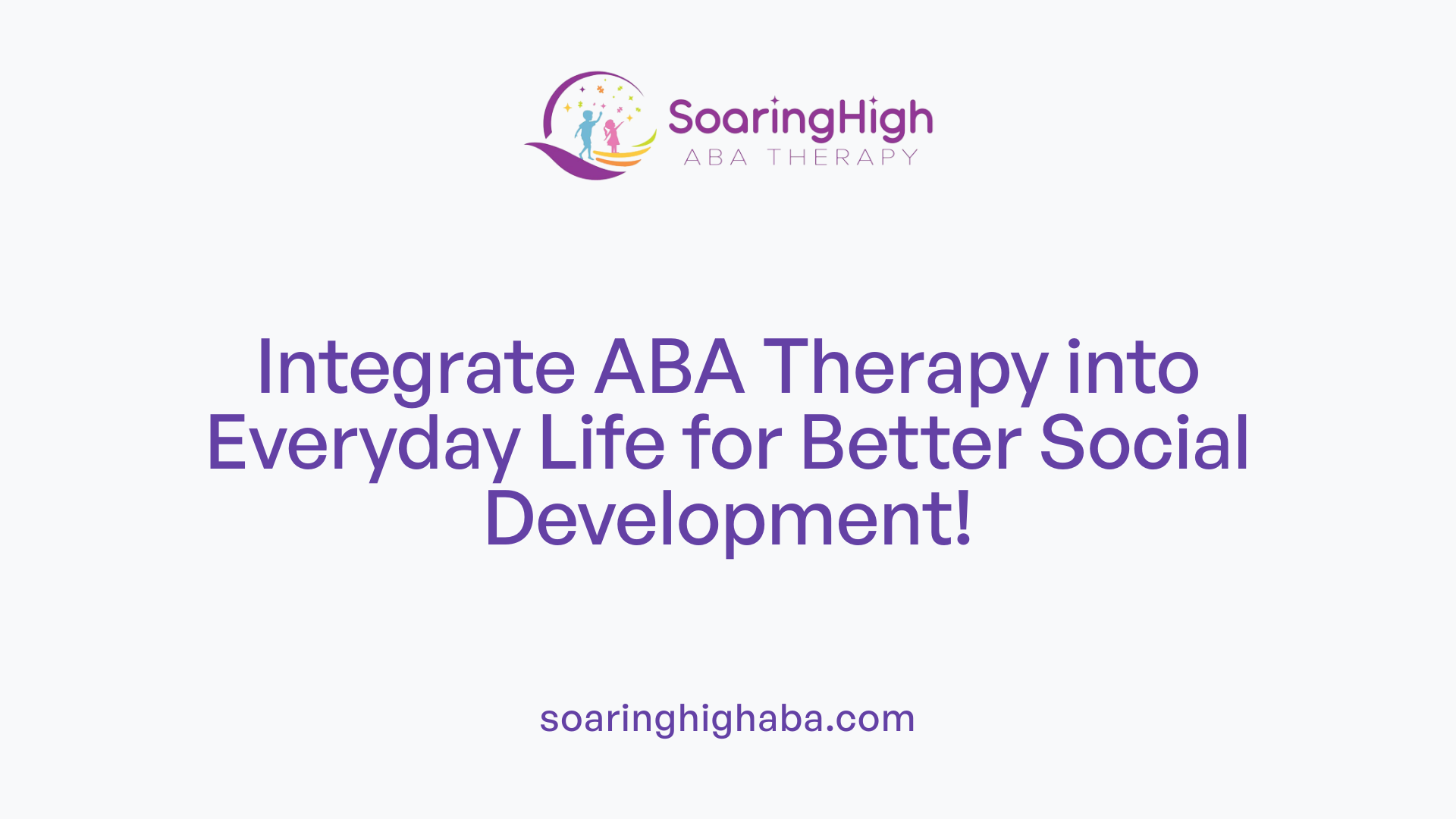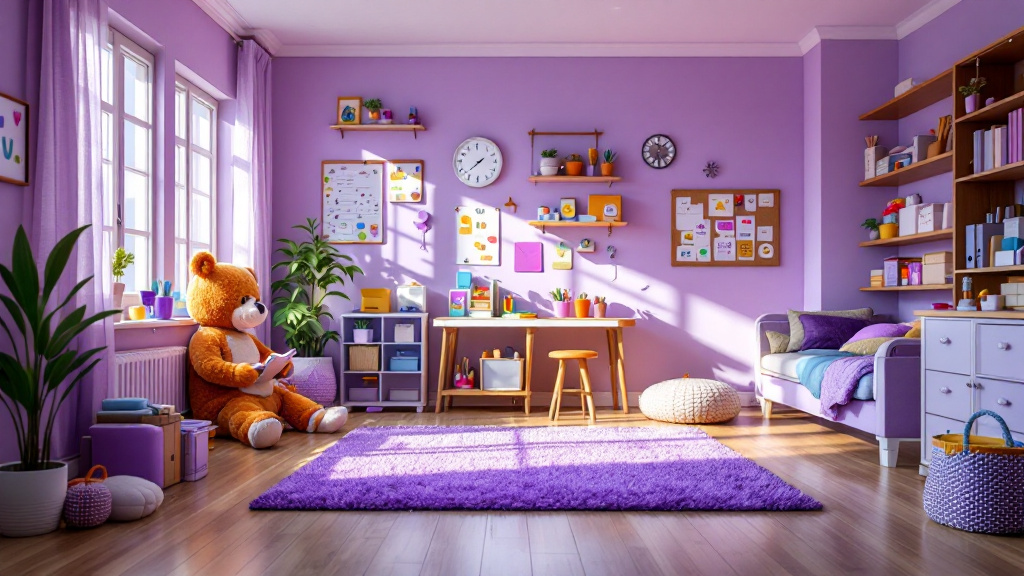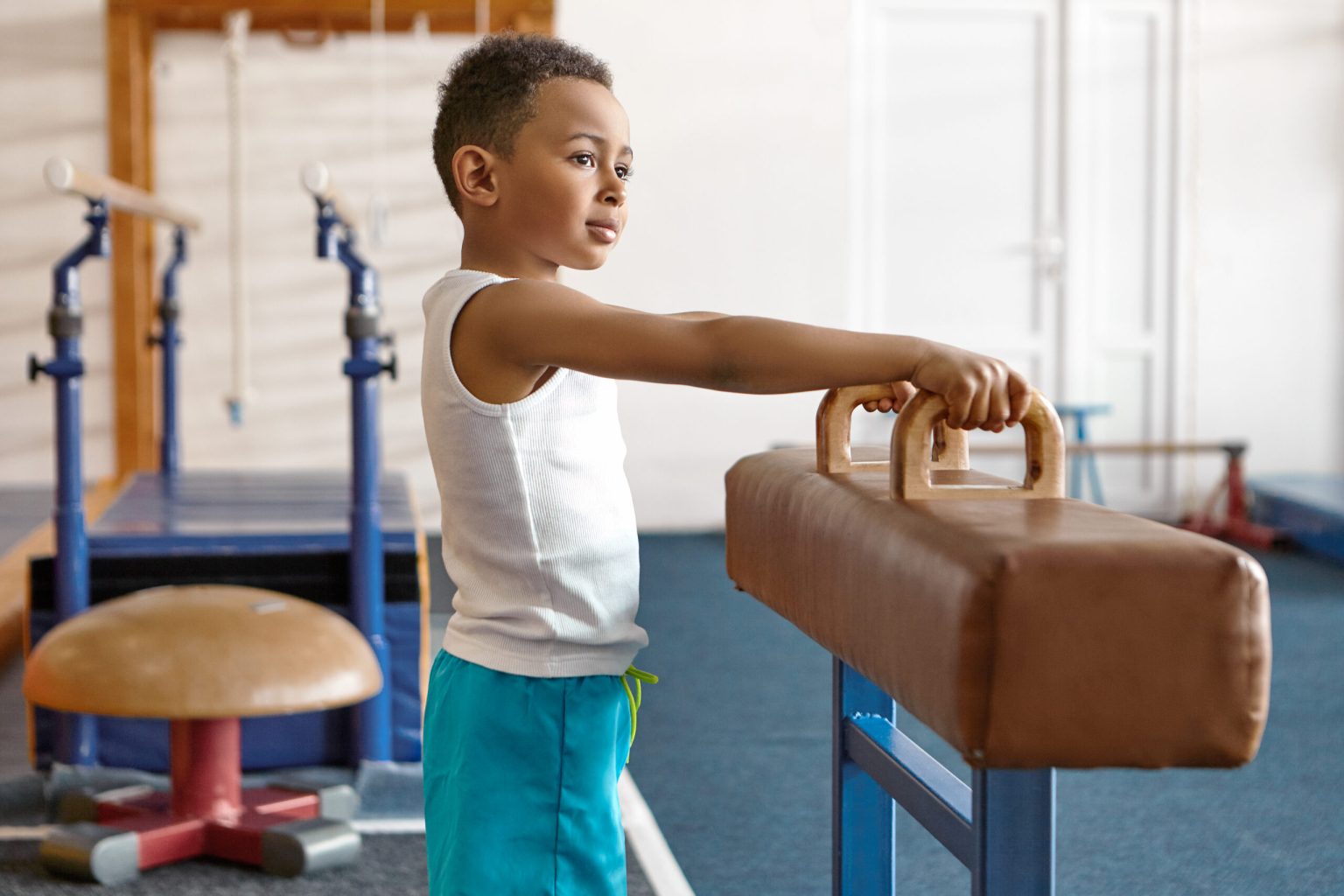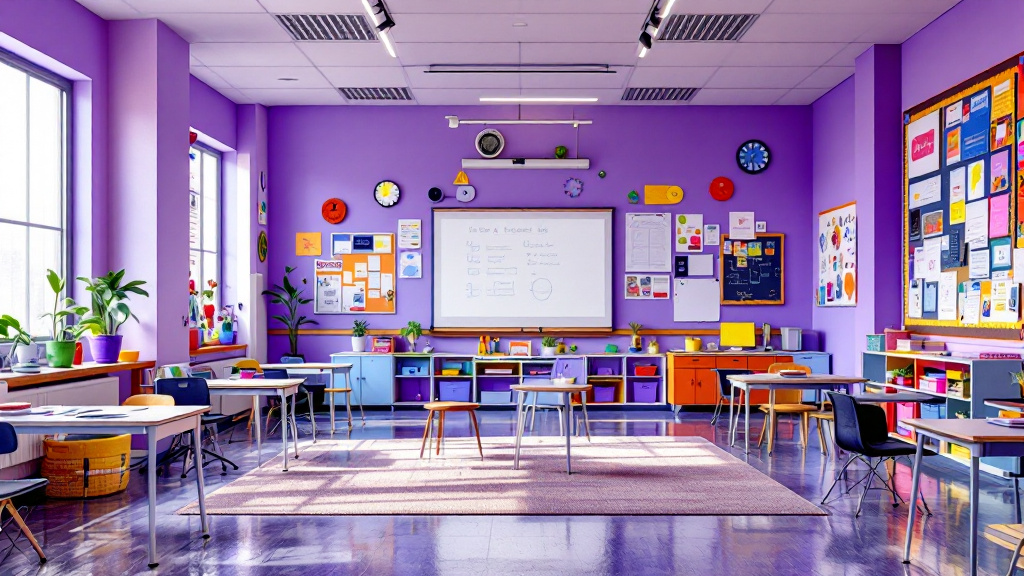Introduction to Home-Based ABA Therapy
Home-based Applied Behavior Analysis (ABA) therapy is revolutionizing the way children with Autism Spectrum Disorder (ASD) learn and practice social interactions. By providing therapy in a familiar environment, children can enhance their social skills through personalized support and active family involvement. This article explores the many benefits of home-based ABA therapy, the methods used to improve social skills, and how these can be integrated into daily life to foster better social development.
Benefits of Home-Based ABA Therapy

What are the benefits of home-based ABA therapy for children with Autism Spectrum Disorder?
Home-based ABA therapy offers numerous benefits for children with Autism Spectrum Disorder (ASD). One of the standout advantages is the familiar environment it provides. Conducting therapy in a space where the child feels comfortable enhances focus and reduces anxiety. This setting allows children to learn vital life skills directly in contexts where they will be most applicable, making the learning experience more relevant and effective.
The personalized treatment aspect of home-based ABA is crucial as well. Therapists can create tailored intervention plans that address the specific needs of the child, adjusting techniques in real time as they observe behaviors in the natural setting. This flexibility ensures that therapy is effective and responsive to the child’s development.
Parental involvement is another critical component of home-based therapy. By participating in the sessions, parents receive guidance on how to reinforce learned skills within daily routines. This involvement not only aids in skill generalization beyond therapy sessions but also strengthens the parent-child bond, fostering greater emotional support.
Lastly, the overall effective learning experience that home-based ABA therapy provides is significant. Minimizing distractions and eliminating the stress of transitioning to different environments leads to smoother therapy sessions. It also reduces exposure to illness that can occur in care centers, making it a safer option for children. In this supportive setting, children can develop their communication and social skills more effectively.
Family Involvement in Therapy

What role does family involvement play in the effectiveness of home-based ABA therapy?
Family involvement plays a pivotal role in the effectiveness of home-based ABA therapy. It fosters consistency and reinforces learned behaviors in various environments, allowing individuals with autism to practice their skills in a familiar setting. This consistency is crucial for helping children generalize social skills, which means applying them across different contexts.
In a collaborative partnership, parents work closely with ABA therapists to set individualized goals for their child. This shared responsibility ensures that everyone is aligned in their approach to the child’s development. By engaging in training sessions, parents learn effective ABA techniques, enabling them to implement strategies tailored to their child's needs at home.
Regular communication with the clinical team allows families to address challenges and make necessary adjustments to the therapeutic plan. This active participation not only enhances the child's communication and social skills but also strengthens the bond between parent and child. As families become integral to the therapeutic process, they help create a supportive environment that encourages positive social interactions and fosters meaningful relationships.
Benefits of Involvement
| Aspects of Family Involvement | Impact on Therapy | Additional Benefits |
|---|---|---|
| Training for Parents | Enhances ability to reinforce learned behaviors | Empowers parents, improves confidence |
| Setting Goals | Provides clear direction for therapy | Unifies approach, ensures focus |
| Reinforcing Behaviors | Builds consistency, aids generalization | Strengthens supportive environment |
| Parent-Child Relationship | Enhances emotional connection and trust | Encourages positive interactions |
By integrating family involvement into home-based ABA therapy, not only do children with autism experience improved development, but family relationships also become stronger, making the therapeutic experience richer for everyone involved.
Improving Social Skills through Targeted Strategies

How does home-based ABA therapy improve social skills like sharing and taking turns?
Home-based ABA therapy significantly enhances social skills such as sharing and taking turns by utilizing individualized programs tailored to each child's specific challenges and strengths. This personalized approach allows therapists to focus on the unique needs of the child, fostering an effective learning environment.
One effective technique involves structured play sessions that are designed to provide opportunities for practice in a relaxed, familiar setting. Children engage in play that reinforces positive interactions while minimizing distractions that are typically present in more chaotic environments like care centers.
To encourage sharing and cooperation, therapists use reinforcement techniques. For instance, immediate praise or rewards for successful interactions helps solidify learned behaviors. This motivation is critical, as children often thrive when they see the direct positive outcomes of their actions.
Moreover, role-playing allows children to rehearse social scenarios in a safe space. This controlled rehearsal promotes confidence and prepares individuals for real-world interactions. Likewise, children can practice turn-taking games, which are instrumental in teaching patience and understanding mutual participation.
Social stories are another valuable tool, portraying various social situations in a relatable way. These narratives help children understand the expectations and emotional responses of their peers, enhancing their empathy and ability to recognize social cues.
Through these varied methods, children can effectively generalize their skills, applying what they’ve learned in home settings to interactions with friends and family. Ultimately, tailored home-based ABA therapy equips children with essential social skills, improving their confidence and interactions in everyday life.
Integration of ABA Therapy into Daily Life

How can ABA therapy be integrated into everyday situations to support social development?
Integrating ABA therapy into daily life is a powerful strategy to support social development for individuals with autism. By using everyday situations, such as mealtimes or playdates, therapists can leverage real-life opportunities to practice essential social skills. This method not only fosters independence but also enhances the overall well-being of individuals.
To make the most of these situations, therapists work closely with caregivers to identify individualized learning objectives. These goals often aim to improve communication, self-care, and social interactions.
Breaking Down Complex Tasks
One common approach in this integration is to break down complex tasks into manageable steps. For instance, during mealtime, a therapist might encourage a child to engage in conversation while completing each part of the meal preparation process.
Using visual supports, like schedules or task boards, can also make learning more accessible and facilitate better generalization of skills across different environments.
Encouraging Family Participation
Family involvement plays a crucial role in the effectiveness of ABA therapy. When family members actively participate, it not only improves the child's interactions with parents and siblings but also reinforces the skills learned during therapy.
Motivating Learning Through Play
Incorporating play into learning activities is another effective strategy. By using positive reinforcement, such as rewards for demonstrating desired behaviors, children recognize motivation in learning. This makes the integration of ABA therapy enjoyable and effective in everyday life, ensuring skills learned translate well into various situations.
In summary, practicing ABA therapy in real-world conditions is essential. When tailored to the child's needs, it enhances learning and fosters positive social outcomes.
Generalization and Real-World Application of Skills
How Are Skills Applied?
ABA therapy is designed for individuals with autism spectrum disorder (ASD) to apply newly learned social skills in everyday life. The techniques used in therapy encourage practice in real-world situations, allowing individuals to demonstrate and reinforce positive behaviors.
In What Contexts Are Skills Learned?
The therapy focuses on various contexts, ensuring that skills are not limited to therapy sessions. This means that social scenarios are practiced both in controlled environments and the child’s natural settings at home. Family members can also be involved, fostering an environment where skills can be practiced regularly.
What Role Does the Therapist Play?
Therapists employ role-playing and modeling to prepare individuals for varied social interactions. This preparation enhances confidence, making it easier for individuals to engage with others. Additionally, therapists monitor behaviors in home settings, allowing for immediate feedback and adjustments.
How Is Skill Transfer Encouraged?
Skill transfer occurs when individuals generalize learned behaviors across different environments and with various people. The comfort of learning at home, combined with natural reinforcers, significantly increases motivation and the likelihood of skill application in diverse settings. By involving family, the therapy extends benefits to interactions with siblings and parents too, reinforcing positive social behaviors.
Creating Comfortable and Motivating Therapy Environments

Familiar Settings
Home-based ABA therapy takes place in a child's familiar environment. This setting reduces anxiety, allowing the child to engage more freely in therapy sessions. Children often feel more secure and less intimidated in their own homes than in care centers, which can enhance their willingness to learn.
Natural Reinforcers
In-home therapy allows for the use of natural reinforcers, which are readily available in the living space. Toys, games, and everyday items can be used as rewards to reinforce positive behaviors. This real-world application can significantly boost motivation during sessions, making learning more enjoyable.
Anxiety Reduction
Children with autism may find transitions to new environments stressful. By eliminating this need for change, therapy sessions can become less overwhelming. A comfortable, familiar environment facilitates a better focus on learning and skill development.
Motivating Environments
The natural setting of home fosters organic interactions, which can enhance skills learned during therapy. Family members' involvement and the incorporation of familiar scenarios promote skill generalization. As a result, children can maintain and apply their social skills in various real-life situations.
Conclusion
Home-based ABA therapy provides a robust framework for children with ASD to develop social skills in their natural environment. By focusing on the personalization of therapy, fostering family involvement, and integrating ABA techniques into daily life, children can achieve meaningful improvements in social interactions. As the therapy progresses, not only do the children's skills flourish, but the entire family's dynamics and relationships grow stronger, highlighting the holistic benefits of conducting therapy at home.
References
- ABA Therapy for Social Skills: Building Connections| All Together ABA
- Home-Based ABA Therapy: Is It the Best Fit for Your Child?
- In-home ABA therapy: Beginner's guide for parents | Autism Resources
- Incorporating ABA Therapy into Everyday Life for Individuals...
- Integrating ABA Therapy Into Your Child's Daily Routine - OURS ABA
- The effectiveness of applied behavior analysis program training on ...
- Parent Involvement in ABA Therapy - Surpass Behavioral Health
- Home-based ABA Therapy: A Comprehensive Guide
- Home-Based ABA Therapy - Autism Learning Partners
- The Role of Family Involvement in ABA Therapy




































































































